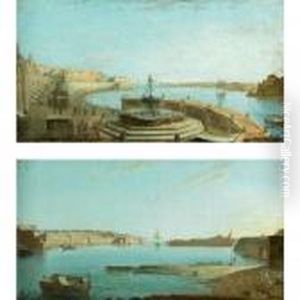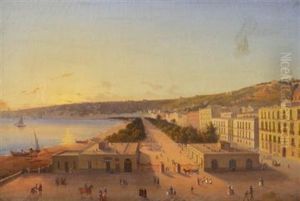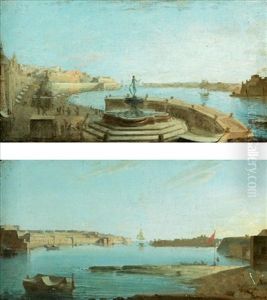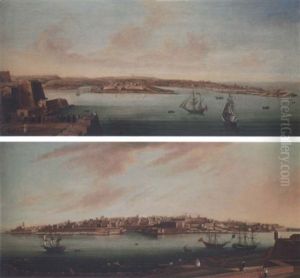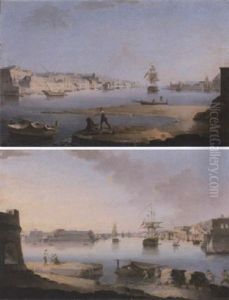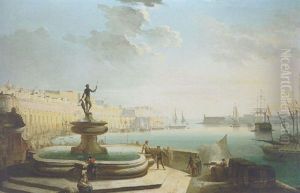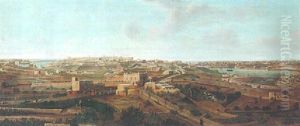Giorgio Pullicino Paintings
Giorgio Pullicino was a prominent figure in the Maltese art scene during the late 18th and early 19th centuries. Born on August 20, 1779, in Valletta, Malta, Pullicino was a multifaceted artist whose talents spanned painting, architecture, and teaching, making him a notable contributor to the cultural and artistic development of Malta during his lifetime. His works and influence left a lasting impact on the Maltese artistic landscape, showcasing his prowess in various artistic disciplines.
Pullicino's early life was marked by his passion for art, leading him to pursue studies that would hone his skills in painting and architecture. He was particularly noted for his contributions to church art, where his paintings often depicted religious themes and figures with a remarkable attention to detail and emotional depth. Pullicino was not only a painter but also an accomplished architect. He played a significant role in the design and construction of several architectural projects in Malta, which further attested to his versatility and creativity as an artist.
Throughout his career, Giorgio Pullicino also dedicated himself to education, imparting his knowledge and skills to the next generation of Maltese artists. He served as a teacher at the University of Malta, where he influenced many students with his teachings on painting and architectural design. This role allowed him to shape the artistic tastes and skills of many young artists, ensuring the continuation of a vibrant artistic tradition in Malta.
Giorgio Pullicino's contributions to Maltese art were not limited to his own works; his legacy includes the nurturing of talent and the promotion of art education in Malta. He passed away on September 25, 1851, but his works and influence continue to be celebrated in Malta and beyond. Pullicino remains a revered figure in Maltese art history, remembered for his artistic versatility, his contributions to religious and architectural art, and his role as an educator. His life and work reflect the rich cultural heritage of Malta and the enduring significance of art in shaping national identity.
